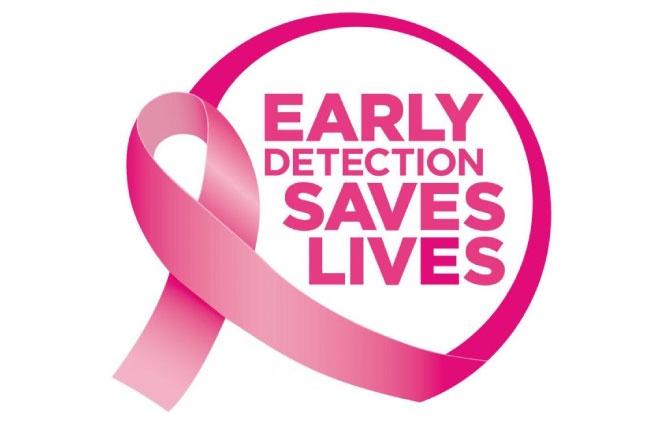Just the Facts
For every 1,000 women who have a screening mammogram:
- 100 are recalled to get more mammography or ultrasound images
- 20 are recommended for a needle biopsy
- 5 are diagnosed with breast cancer
What Is a Mammogram?
A mammogram is a specific type of breast exam used to aid in the early detection and diagnosis of breast diseases in women. This quick medical exam uses a noninvasive X-ray targeted to each breast, producing pictures that your doctor can use to identify and treat any abnormal areas, possibly indicating the presence of cancer.
Why Are Mammograms Important?
Annual mammograms can detect cancer early — when it is most treatable. In fact, mammograms show changes in the breast up to two years before a patient or physician can feel them. Mammograms can also prevent the need for extensive treatment for advanced cancers and improve chances of breast conservation. Current guidelines from the American College of Radiology and the Society for Breast Imaging recommend that women receive annual mammograms starting at age 40 — even if they have no symptoms or family history of breast cancer.
To learn more about how to prepare for a mammogram, what to expect during the exam, how to obtain your results, as well as the benefits, risks, and limitations, visit www.radiologyinfo.org.
The Facts about Mammography Screening:
A Conversation with Your Physician
The American College of Radiology (ACR) and Society of Breast Imaging (SBI) provide the most widely accepted breast cancer screening guidelines proven to save lives. We strongly recommend following the ACR and SBI guidelines to reduce your chances of dying from breast cancer.







